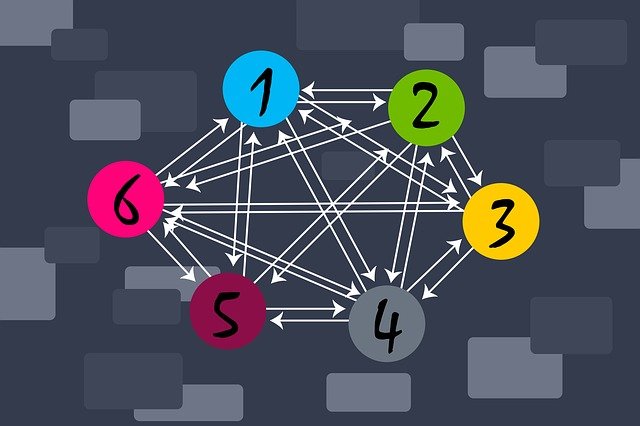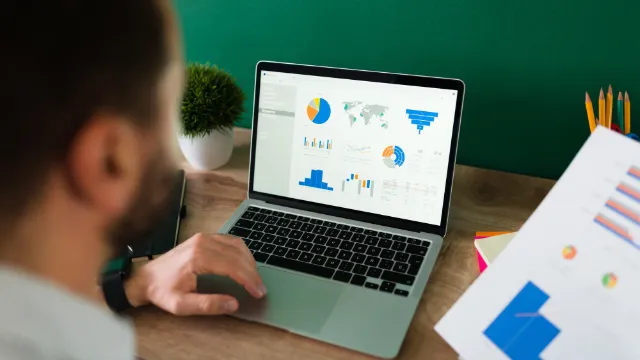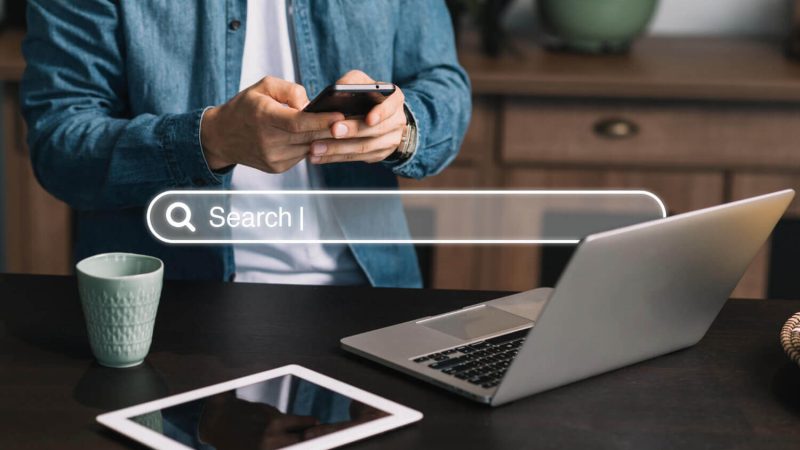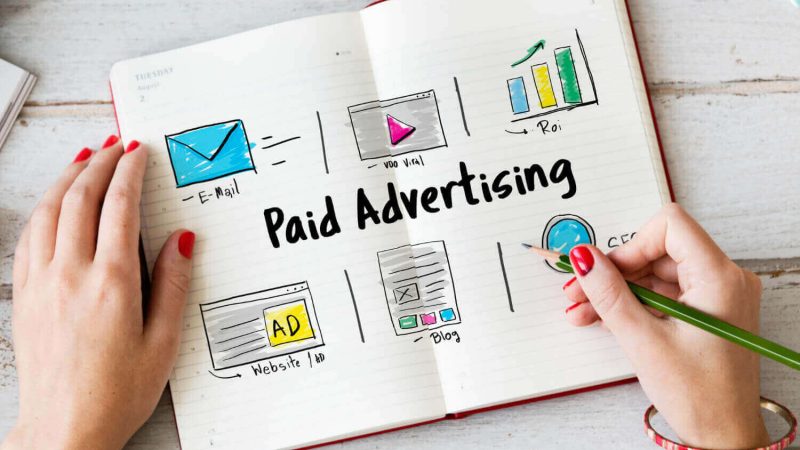Tips On Building a Strong Internal Linking Strategy in 2025

The world of SEO is constantly evolving and novel methods to rank our websites pop up day after day. However, sometimes, it’s not the latest trend that needs our attention the most, but rather, the very basics that we often take for granted and even tend to forget about. Here are the best Tips On Building a Strong SEO Internal Linking Strategy in 2025.
Internal linking is a cornerstone of search engine optimization, yet, when was the last time you gave some deep thought to your internal linking strategy? This seemingly simple and even mundane aspect of your SEO might not be the one that gives you the flashiest result, but it’s nevertheless a potent tool to communicate with Google and lay down a solid foundation.
So, if your strategy is overdue for an update, here’s all you need to know about internal linking practices that will bring the best results in 2025!
What are internal links?
As opposed to external links that connect your website with other websites, internal links are links that lead to pages within the same website. Internal link examples would be your navigation links and other menus. However, they are not the only type. Internal links can also be contextual links, which are those scattered across your content. These establish the relations between the different pieces of content on your site.
The main goal of internal links is to make navigating your website easy, both for human visitors and search engines. However, they can be leveraged for so much more if implemented right.
Why are internal links important?
SEO Internal linking has a number of benefits, which is fantastic news considering that this method of building authority is completely within your control. Some of the benefits include:
- Crawlability – The number one reason why internal linking shouldn’t be disregarded is the fact that these links give valuable information to Google crawlers regarding your website. If a page has no internal link leading to it, it can easily go unindexed and remain virtually invisible in the eye of search engines.
- Improvedarchitecture – Internal links are necessary for creating a solidwebsite structure, which is yet another requirement for SEO.They also allow you to fully control your page hierarchy.
- Boosted authority – Internal links can pass link juice to those pages on your site that you direct them to. This will tell Google that those pages are important and improve their authority.
- They keep visitors longer – Internal links allow visitors to browse your site more seamlessly. they help them to find what they are looking for faster, improving UX.They also encourage them to spend more time on your website while clicking through various related pages. This lowers your bounce rate and makes your content more engaging.
Also Read: 5 Methods To Build Quality Backlinks
How to leverage internal links?
While the way internal links work is quite straightforward, there are still a few tips worth keeping in mind.
Start with an audit
The best way to start the overhaul of your internal linking strategy is by conducting an audit of the current situation on your website. Above all, finding broken links and orphaned pages is paramount.
Know where to put them
As said, contextual internal links are those found inside your content. Not all locations are equally valuable. Links in the sidebar, for instance, are inferior to links inside the content. It may also seem counterintuitive to place a related link right at the beginning of your content, but it can actually be beneficial for your SEO as clicks on this link will signal Google that visitors are enjoying browsing your site.
Don’t overcomplicate it
An important thing to note when talking about internal linking is that it should not get overly complicated. A shallow hierarchy is much more beneficial than one that tangles on endlessly. The point is not to create a labyrinth of sorts but to achieve a logical structure. Every page within your site should be reachable with just three clicks.
Keep it reasonable
There are recommended internal link numbers depending on what kind of website you are operating. Try not to overstep these. Making every other line of your content a contextual link is simply overwhelming to look at. Keep your number of internal links reasonable and focus on the most important ones, such as those that contain keywords. Still, steer clear of stuffing your text with unnatural keywords. If you’re having trouble deciding what keywords to focus on, you can turn to an experienced SEO company from Sydney for expert insight.
Add a related section
If you want to keep your page a bit neater and better organized, creating a dedicated section for related content might be a good idea. You can do this by manually linking articles below your content or by automating this process. However, automation may not be the best strategy here, as you may end up with content that is hardly related. Link automation is generally not recommended as it can lead to anchors that are the same. Using the same anchors leading to different pages is a sure way to confuse Google, so you should avoid this at all costs.
Also Read: Top 9 Emerging SEO Trends To Boost Your Ranking
Put important pages in the spotlight
You need to clearly decide on the page hierarchy you want to achieve and take the subsequent steps accordingly. The higher hierarchy you want to assign to a page, the more links should lead to it. This allows you to put important pages in the spotlight by linking to them more frequently. For instance, if you have a number of articles within the same category, linking all of them to the “parent” article that is an important cornerstone on your site is a solid strategy. In fact, you can even link extremely important pages in your navigation.
Make it count
As said, you shouldn’t overstuff your page with internal links. What that means is that you need to truly make it count with those that make the cut. A lucrative strategy to implement would be to place internal links on high-authority pages that have already earned notable traffic, leading to pages that have less traffic but are also important. Such are, for instance, new posts that simply haven’t gained traction yet. Another productive internal linking strategy is linking non-conversion pages directly to conversion pages.
Open it in a new tab
When a visitor clicks an internal link, it will either open on the same or in a new tab. Contextual links must be opened in a new tab so that the visitor doesn’t simply wander away, forgetting to find their way back.
Keep it up-to-date
Internal linking, much like most other SEO strategies, is quite dynamic in the sense that it’s not a one-time task you can complete and then forget about. You will need to maintain your internal links regularly so that they don’t end up leading to a dead-end in the form of a moved page, for instance. Broken links ruin user experience so whenever something changes or moves, update your links. New articles will also mean that adjustment will be necessary. Internal links are a crucial component of any website, but you don’t have to leave it at the bare minimum. Get the most out of your internal linking strategy with the aforementioned tips. Internal linking is a low-risk SEO method that is easy to implement, so there is no reason why you shouldn’t get on it immediately.






